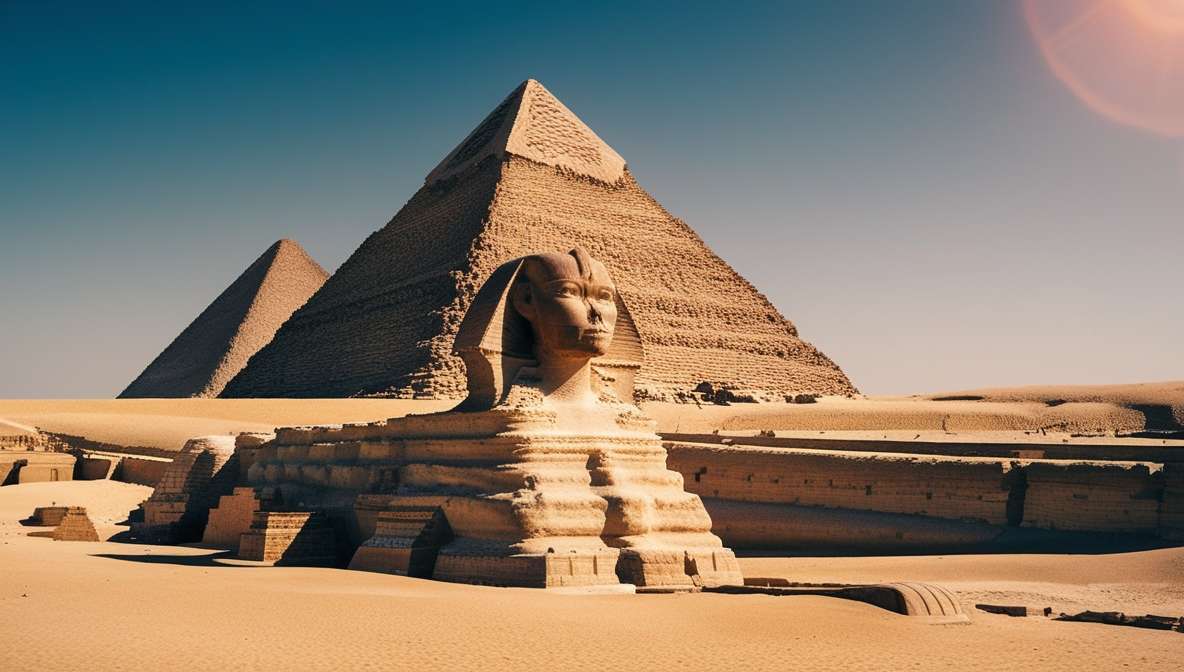Table of Contents
ToggleIntroduction

| Born | 1540, Kumbhalgarh, Mewar |
|---|---|
| Died | January 29, 1597 |
| Father | Maharana Udai Singh II |
| Mother | Rani Jeevant Kanwar |
| Dynasty | Sisodia Rajput |
| Reign | 1572 – 1597 |
| Capital | Chittor, Udaipur (later) |
| Famous Battles | Battle of Haldighati (1576), Battle of Dewair |
| Legacy | Symbol of Rajput valor and resistance |
| Monuments | Kumbhalgarh Fort, Maharana Pratap Memorial |
| Contributions | Military leadership, cultural patronage |
| Honors | Remembered annually on Maharana Pratap Jayanti |
1. Early Life and Upbringing
- Maharana Pratap was born and raised amidst the rugged landscapes of Mewar, where he imbibed the principles of courage and honor from a young age.
- His education included martial training alongside scholarly pursuits, preparing him for the responsibilities of rulership.
- He was deeply influenced by his mother, Rani Jeevant Kanwar, who instilled in him the values of righteousness and justice. Her guidance played a crucial role in shaping Maharana Pratap’s character and leadership qualities.
2.Accession to the Throne of Mewar
- In 1572, Maharana Pratap ascended to the throne of Mewar following the death of his father, Maharana Udai Singh II.
- This period marked a critical juncture in Mewar’s history as it faced increasing pressure from the expanding Mughal Empire under Emperor Akbar. The young Maharana Pratap inherited a kingdom embroiled in geopolitical challenges, requiring astute leadership to navigate.
3. Battle of Haldighati
- The Battle of Haldighati in 1576 remains one of the most famous battles in Indian history, where Maharana Pratap confronted the mighty forces of the Mughal Empire led by Man Singh I.
- Despite being vastly outnumbered, Maharana Pratap’s strategic acumen and determination allowed him to inflict significant losses on the Mughal forces, highlighting his military prowess. The battle, although inconclusive in its immediate outcome, became a symbol of Rajput resistance against foreign aggression.
4.Guerrilla Warfare Tactics
- Following the Battle of Haldighati, Maharana Pratap adopted guerrilla warfare tactics, retreating to the rugged terrain of the Aravalli hills.
- His guerrilla tactics disrupted Mughal supply lines and communications, preventing them from consolidating their control over Mewar. This phase of warfare showcased Maharana Pratap’s adaptability and innovative military strategies in the face of a superior enemy.
5. Cultural Legacy and Impact
- Maharana Pratap’s legacy extends beyond military exploits to cultural and societal realms, where he became a symbol of Rajput valor and resistance against foreign rule.
- His refusal to capitulate to the Mughals and his commitment to defending Mewar’s sovereignty inspired subsequent generations of Rajputs and Indians. Folklore and ballads celebrating Maharana Pratap’s heroism continue to resonate in Rajasthan and across India, depicting him as a legendary figure who upheld the honor of his people.
6. Architectural Contributions
- During his reign, Maharana Pratap contributed to the architectural heritage of Mewar, overseeing the construction and restoration of forts and palaces.
- Notable among these is the Kumbhalgarh Fort, renowned for its impregnable walls and strategic location in the Aravalli Range. Maharana Pratap’s patronage of art and architecture reflected his commitment to preserving the cultural heritage of Mewar amidst turbulent times.
7. Diplomatic Engagements
- In addition to military strategies, Maharana Pratap engaged in diplomatic maneuvers, forging alliances with neighboring Rajput states and local chieftains to strengthen Mewar’s resistance against the Mughals.
- His diplomatic acumen played a crucial role in maintaining the independence and integrity of Mewar amidst external pressures. Despite facing challenges from all sides, Maharana Pratap’s diplomatic efforts ensured that Mewar remained a bastion of Rajput resistance during his reign.

8. Legacy in Folklore and Literature
- Maharana Pratap’s life and exploits have been immortalized in Rajasthani folklore, ballads, and literature, portraying him as a heroic figure who embodies the virtues of courage and integrity.
- These literary works continue to resonate with audiences, reinforcing his status as a legendary Rajput ruler whose legacy transcends time and borders. The oral traditions and storytelling methods used to pass down Maharana Pratap’s legacy highlight his enduring impact on Rajput culture and identity.
9. Commemoration and Memorials
- Across Rajasthan, numerous monuments and memorials pay homage to Maharana Pratap’s legacy, including statues, forts, and museums dedicated to his life and achievements.
- The annual celebration of Maharana Pratap Jayanti serves as a reminder of his enduring influence on Rajput history and heritage, attracting visitors from all over India to commemorate his birth anniversary. These commemorations underscore Maharana Pratap’s lasting legacy as a symbol of Rajput pride and valor.
10. Historical and Cultural Significance
- Maharana Pratap’s defiance against the Mughal Empire symbolizes the spirit of resistance and independence cherished by Rajputs throughout history.
- His legacy remains a source of pride and inspiration for Rajasthanis and Indians, reflecting the ethos of valor and sacrifice ingrained in Rajputana’s cultural fabric. Maharana Pratap’s enduring impact on Indian history underscores his role as a pivotal figure in defending indigenous sovereignty against external threats.
Early Life and Ascension
Maharana Pratap was born to Maharana Udai Singh II and Maharani Jaiwanta Bai. His early years were marked by the rigorous training typical of Rajput princes, emphasizing martial skills, horsemanship, and a code of honor known as Rajput chivalry. His upbringing instilled in him a deep sense of duty towards his people and a fierce love for his homeland, Mewar.
Challenges and Defiance
The accession of Maharana Pratap to the throne of Mewar was not without controversy. Akbar, expanding his empire vigorously, sought to bring Mewar under his control. In 1568, Akbar’s forces under the command of Man Singh besieged the fortress of Chittorgarh, a symbol of Rajput resistance. Despite facing overwhelming odds, Maharana Pratap and his loyal warriors refused to surrender, preferring death to dishonor.
The Battle of Haldighati
One of the most iconic chapters in Maharana Pratap’s life is the Battle of Haldighati, fought on June 18, 1576. The Mughal forces, led by Raja Man Singh of Amber and accompanied by Akbar, outnumbered Maharana Pratap’s army many times over. Yet, Maharana Pratap’s resolve remained unshaken. In a display of indomitable courage, he personally led his troops into battle, clad in saffron robes and riding his beloved horse, Chetak.
Triumphs and Tribulations
Maharana Pratap’s struggle against the Mughals was marked by both victories and setbacks. Despite facing constant military and diplomatic pressures, he never compromised on his principles or his commitment to the independence of Mewar. His guerrilla tactics, knowledge of the terrain, and the loyalty of his people sustained his resistance for years.
Legacy and Impact
Maharana Pratap’s legacy transcends time and borders. His unwavering courage in the face of adversity, his loyalty to his people, and his refusal to submit to tyranny continue to inspire generations. His valor has been immortalized in folk tales, poems, and ballads, embodying the spirit of Rajputana.
Conclusion
Maharana Pratap’s life and legacy exemplify the principles of courage, resilience, and unwavering determination in the face of adversity. His defiance against the Mughal Empire, particularly during the Battle of Haldighati and subsequent guerrilla warfare, underscores his commitment to defending the honor and sovereignty of Mewar.
His cultural and architectural contributions, along with his strategic military tactics and diplomatic engagements, further highlight Maharana Pratap’s multifaceted leadership. His legacy continues to inspire reverence and admiration among Rajputs and Indians alike, serving as a timeless symbol of resistance against oppression and the pursuit of justice.
FAQs
Related Posts:
- Top Powerful Health Tips: Enhance Your Well-being Today
- 5 Amazing Benefits of a Plant-Based Diet
- Top Chamar Caste Surnames List
- Fresh and Delicious: Sprouts Salad Recipe>
- Light Pen Input or Output Device Explained
- PlayStation 6 Release Date : Everything You Should Know
- Top 10 Freedom Fighters of India




One thought on “The Most Inspiring Story of Maharana Pratap”